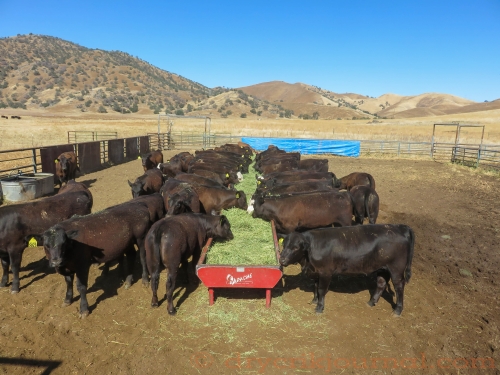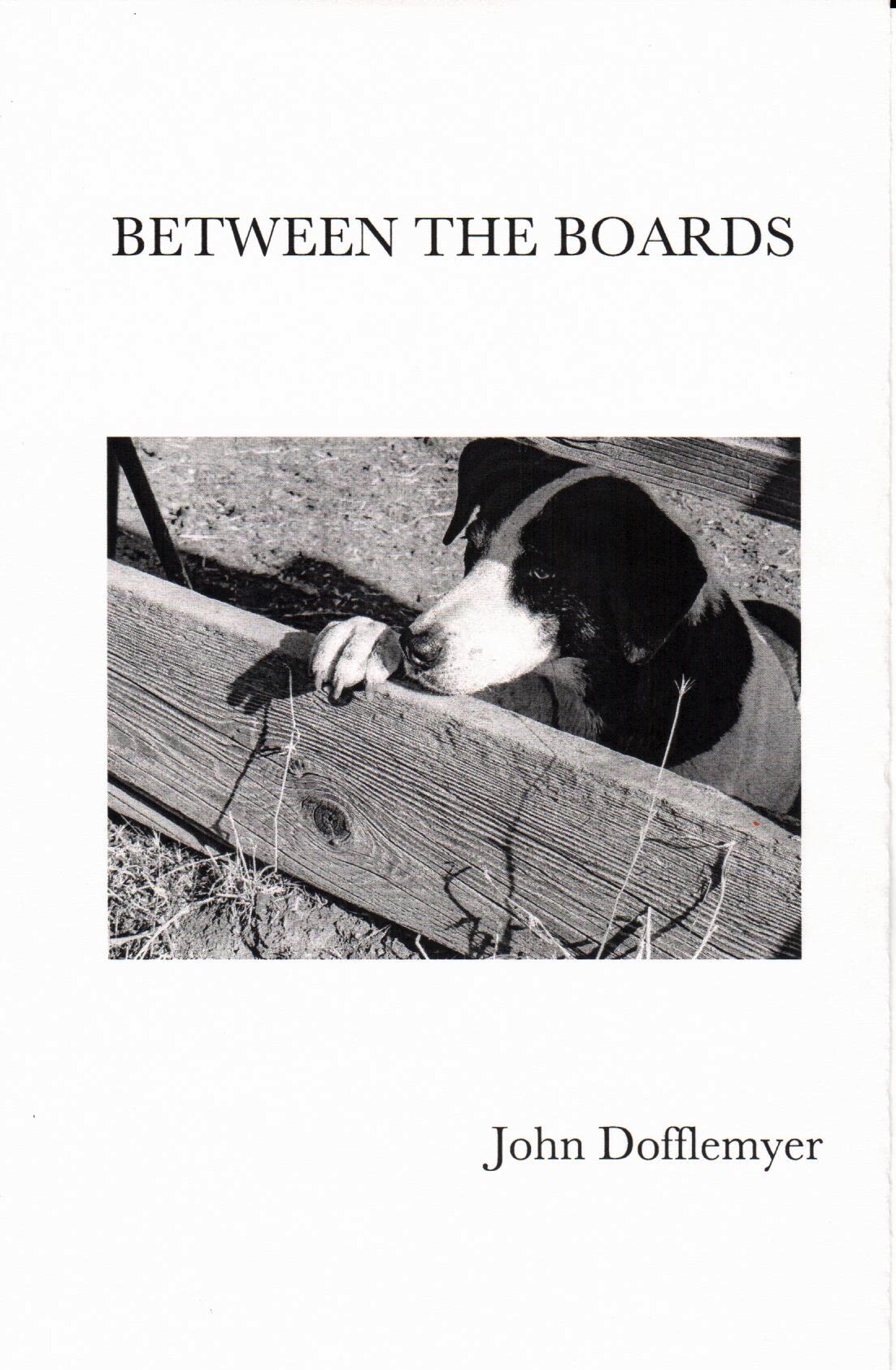We began weaning our first bunch of calves last week, three weeks earlier than normal, due to the lack of rain in March and April. From second-calf heifers sired by Vintage Angus bills, all of these calves are headed to Visalia Livestock Market on Tuesday. The whole bunch averages 600 lbs.
Though lighter than normal, there are some heifers we would have liked to keep for replacements, but our continuing drought conditions and uncertain feed and water resources make that option impractical. Whether Climate Change or other weather phenomenon, we have come to consider our circumstances to be the new normal for Sierra Nevada foothill ranches in California where cow numbers have been reduced by 40%.
After three years of drought, our springs which are dependent on the Sierra snowpack, and our stockwater ponds which are dependent on rain, are severely impacted, some dry already before summer’s begun. Each operation continues to adapt to diminishing resources as we try to hold our cow herds intact, having already culled deeply in 2013 and 2014.
As we head into our fourth year of drought, we’ve had to change our perspective, hoping to offset our smaller numbers with a good cattle market.















Just got back to the Island after spending a week fishing over on the Columbia river in Central WA . . . Already dry as a bone over there with the fire danger rated as ‘extreme’ . . . Aside from some snow showers up in the mountain the eastside got no snow and only a little rain. The ranchers were pulling their herds off the range and taking them to market at deflated prices . . . Breaks your heart!
LikeLike
If we’ve learned nothing else dealing with Nature, we have to adapt to survive.
LikeLike
Well, I guess we’ve lived long enough to to see the change. Think how much more we would have appreciated the good years had we known how bad it could and has gotten. Our thoughts are with you guys.
LikeLike
Yeah, I’ve taken a lot of rain and grass for granted in my life.
LikeLike
That’s hard!
LikeLike
With Iowa bird flu and drought here, it’s not looking good for carnivore nor vegetarian. I pray for you as well as the rest of us. The very well off at least, can eat their money.
LikeLike
This is all so troubling. I shake my head when I think about the troubles agrarian producers face, and then read news like this from our local newspaper:
“Officials in Hillsboro, Oregon want to classify nearly 1,000 acres of mostly undeveloped farmland and green fields on the city’s north side as “blighted.”
That would allow the city to designate the area as an urban renewal district, a tool Hillsboro’s economic development team hopes to use to jumpstart large-scale industrial investment.”
This all seems so short-sighted to me… especially after following the challenges and problems you are all facing. Seems we should be preserving viable agriculture/ grazing lands whenever possible.
I’m so sorry to hear of the headships you have faced and the ones that lie ahead.
LikeLike
The pattern is the same: converting ground with renewable resources for a one time extraction of value. It’s up those of us with ground to somehow keep our activities sustainable and productive in the long run, value our lifestyle and continue to adapt. This drought may have hastened our realization that ‘no tree grows to the sky’.
LikeLike
Growing fields may be marching north. Hope the walls don’t stifle it, or better, that rain will make it unnecessary
LikeLike
The only reason I liked this is so I can comment on it. It’s a sad situation. God bless you and bring you rain and snow in the mountains!
LikeLike